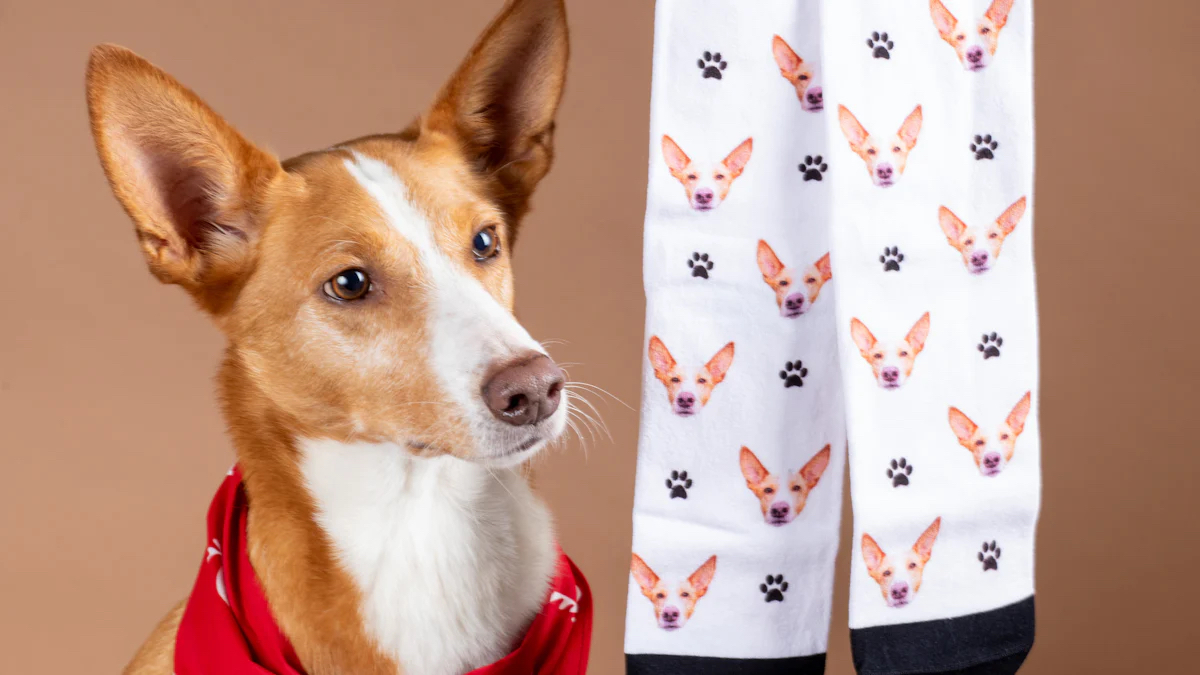In the vibrant world of personalized fashion, 360 DTG (Direct-to-Garment) socks printing has emerged as a revolutionary technique, transforming how we think about custom sock designs. Unlike traditional methods, 360 DTG printing offers the ability to print intricate and vibrant patterns all around a sock, providing seamless coverage with minimal visible seams. This blog delves into the nuances of 360 DTG socks printing, comparing it with traditional screen and sublimation printing methods and exploring suitable materials and equipment for optimal results.
Understanding 360 DTG Socks Printing
360 DTG socks printing involves the use of specialized digital printers designed to create detailed and colorful images directly onto the fabric of the socks. This method stands out due to its ability to produce seamless designs that wrap around the entire sock, offering a unique canvas for creativity and customization. The technique is perfect for intricate patterns and vibrant colors, making it ideal for both small batches and custom pieces.
Comparing with Traditional Screen Printing
Traditional screen printing is a time-tested method known for its durability and cost-effectiveness in large production runs. However, it comes with limitations, particularly when it comes to design complexity and setup time. Screen printing is best suited for simpler designs due to the labor-intensive setup process, which includes creating separate screens for each color used in the design. While screen printing offers longevity, 360 DTG printing excels in providing intricate customization with minimal setup, making it a preferred choice for smaller, bespoke orders.
360 DTG vs. Sublimation Printing
When it comes to printing on socks, sublimation printing offers another alternative. While both 360 DTG and sublimation printing provide vibrant colors, they differ in several respects:
Material Compatibility: 360 DTG printing is versatile, working well with materials like cotton, polyester, nylon, wool, and bamboo. In contrast, sublimation printing is primarily suited for polyester fabrics.
Design and Coverage: 360 DTG printing offers full coverage around the sock, whereas sublimation is limited to 180-degree designs due to pressing lines on two sides. This can lead to design incompleteness where logos or patterns meet these lines.
Durability: DTG prints penetrate the fabric, offering greater durability. In sublimation, the dye bonds to the fibers’ surface, which can fade as the surface wears out over time.
Cost and Setup: DTG printing requires specialized equipment, with setup costs around $20,000, while sublimation printing setups range from $2,000 for desktop setups to $20,000 for large-format printers.
Suitable Materials for Socks Printing
Different materials respond differently to printing methods:
Cotton Socks: Best for DTG printing due to their natural comfort and breathability. However, they require reactive inks and additional pre- and post-treatment processes.
Polyester Socks: Ideal for both DTG and sublimation printing, allowing for vibrant colors and image clarity with disperse inks and simpler processes.
Nylon Socks: Compatible with acid inks, offering durability and flexibility but requiring complex pre- and post-treatment processes.
Bamboo and Wool Socks: Eco-friendly options that can be printed using digital techniques, with wool requiring special care and reactive or acid inks.
Designing High-Quality Socks
To achieve high-quality results in socks printing, ensure your design images are high-resolution. Using software like Photoshop, set the resolution to 144 dpi and dimensions to 25.8 x 50 cm. It’s crucial to design patterns where the left and right sides join perfectly, avoiding any misalignment in the final product.
Essential Equipment for DTG Socks Printing
For successful DTG socks printing, investing in the right equipment is crucial. Some popular models include:
UP1100: A single roller printer with a capacity of 35-40 pairs per hour.
UP1200-Pro: Features a detachable roller, increasing capacity to 40-45 pairs per hour.
UP650-max: The latest model with automatic rollers, significantly boosting efficiency with a capacity of 50-70 pairs per hour.
In conclusion, 360 DTG socks printing offers unparalleled flexibility and creativity, allowing for detailed, vibrant designs with seamless coverage. By understanding the differences between printing methods and choosing the right materials and equipment, you can produce high-quality custom socks that stand out in the world of personalized fashion. Whether for small-scale custom orders or larger production runs, 360 DTG printing ensures your designs make a lasting impression.
Post time: Jan-09-2025

